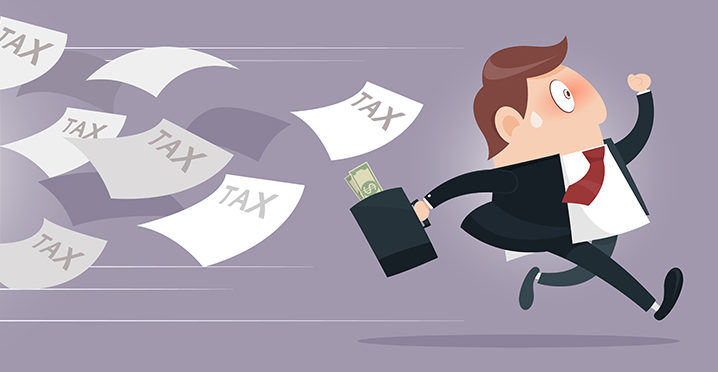Labor Department Pitches New Twist on Proposed Employer Tax

The state Department of Labor is again trying to slip a business payroll tax through the legislature, this time arguing it will help manufacturers meet workforce development needs.
Earlier this legislative session, CBIA reported on a DOL-proposed employer tax that would be used to pay department staff salaries. That proposal was included in SB 6, a budget bill.
The department wanted a .05% levy on all taxable wages to help meet its payroll obligations, acknowledging that its staff is the highest paid of any state labor agency in the nation.
The business community fought the bill, noting that Connecticut companies also suffered tight budgets through the 2008-2010 recession and, in many cases, made difficult staffing choices that included layoffs.
The Appropriations Committee did not act on SB 6.
However, DOL still wants the tax—and is now pitching it with a new twist: saying it will be used to fund workforce development training efforts.
‘Fundamentally Flawed’
Despite the spin, it’s still an effort to fund the department’s payroll, and CBIA economist Pete Gioia called DOL’s approach “fundamentally flawed.”
“The basic hypothesis behind DOL’s new employer tax is that it can solve the unfilled jobs crisis, particularly in the defense and aerospace industries, and that states that have similar surcharges are doing better than Connecticut at filling jobs,” Gioia said.
“This hypothesis is wrong. It doesn’t matter how many charts and numbers you have.”
Gioia pointed to four specific concerns:
- DOL does not currently fill jobs that have high-skill requirements with unemployed people, who largely come from low-skill, high-turnover industries such as retail.
- The jobs DOL says the payroll tax can help fill are routinely filled from technical education such as that offered in community colleges, state job-assistance programs like the Manufacturing Innovation Fund and Small Business Express, and workforce boards, schools, and industry, including Electric Boat’s pilot program in eastern Connecticut.
- Other successful states don’t use their labor departments as the primary means to fill high-tech jobs. They use job-training funds coordinated with technical schools to customize applicant training with new or expanding manufacturers.
- Private job boards like Indeed, CareerBuilder, and Manpower place more candidates in technology and service jobs than state DOL websites.
Raises $9 Million
Department officials are pushing for the new payroll tax to be quietly slipped into a budget implementer bill.
It is believed the tax will be the same .05% DOL sought earlier to raise about $9 million.
But if DOL really needs the money, Gioia said, it should go through the budget process like every other department, request a transfer from another program, or reallocate funds internally.
DOL “should not threaten dire cuts in services and promise amazing new job placement results,” Gioia said.
“Do they really think $9 million will produce so much service?”
Northeast State Labor Department Salaries
| State | Allocated Staff Years | Federal Funding for Staff | Funding per Staff Year |
|---|---|---|---|
| Connecticut | 233.2 | $35,904,474 | $153,964 |
| New York | 1,233 | $127,260,706 | $103,212 |
| New Jersey | 921.9 | $92,980,256 | $100,857 |
| Rhode Island | 84 | $8,223,673 | $97,901 |
| Massachusetts | 509.8 | $48,632,674 | $95,396 |
| Vermont | 76.5 | $6,337,378 | $82,842 |
| New Hampshire | 123.8 | $9,756,158 | $78,806 |
| Maine | 129.6 | $9,735,334 | $75,118 |
For more information, contact CBIA’s Eric Gjede (860.480.1784) | @egjede
RELATED
EXPLORE BY CATEGORY
Stay Connected with CBIA News Digests
The latest news and information delivered directly to your inbox.


